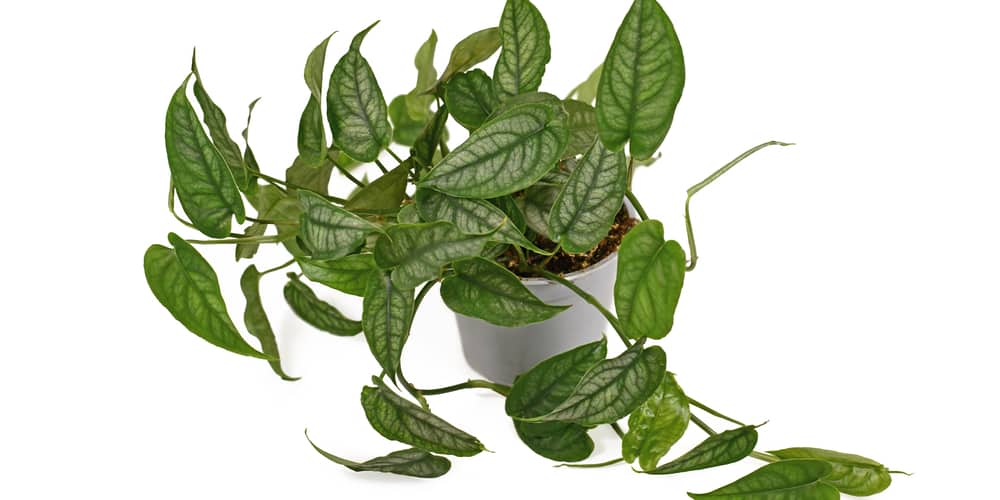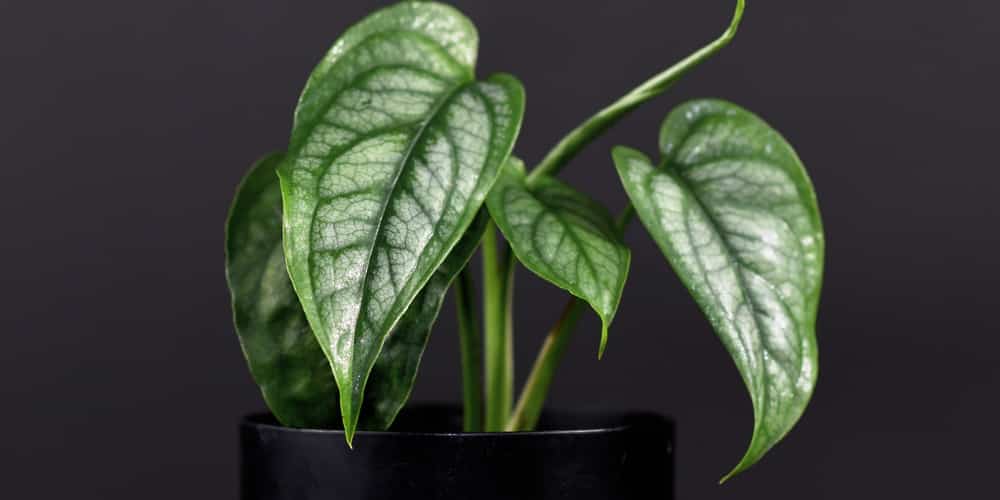How exciting can it be to make your interiors look like a jungle? You can do so by adding dense and lush houseplants. One of the best species that do well indoors is the Monstera plant. You can find them in several varieties. Trust us: you will have no issues finding one that suits your needs and preferences. But if you do not know where to start, here is an essential guide about Monstera Siltepecana.
While it isn’t the most popular variety, it is a versatile and relatively easy-to-grow houseplant. Native to Mexico and parts of Central America, Monstera Siltepecana can be a stunning addition to your house. But keep reading if you want to find all the information you need to know before adding it to your interiors.
| Botanical Name | Monstera siltepecana |
| Common Name | Silver Monstera or Swiss Cheese Plant |
| Plant Type | Perennial |
| Flower Color | This houseplant rarely produces flowers outside of its natural habitat. But if it does, the effect is stunning! The bloom grows vertically and has a spiky growth. It will then mature into edible fruit. |
| Size When Mature | Up to 8 feet tall and 3 feet wide |
| Bloom Time | Not applicable |
| Sun Requirements | Bright Indirect Light |
| USDA Hardiness Zones | 9-11 |
| Soil PH Range | 5.0 and 6.0 |
| Soil Type | Well-draining, rich, and loose |
| Water Needs | Medium |
| Native Area | Mexico and Central America |
What you Need to Know About Monstera Siltepecana
There are about 50 species of monstera plants you can select. The Monstera Siltepecana is one of the hardest to find. However, if you have the chance of adding one to your house, you should do it! This plant has a climbing growth habit and can add a touch of green to any location.
Its dense and lush foliage can help you improve the looks of your interiors. Plus, once you know what to give to it to keep it happy, you will have little to worry about with this plant!
Monstera Siltepecana displays gorgeous light green leaves with silver variegations that become deep green as the plant matures. Also, the plant is versatile and adapts to various growing conditions, including hanging pots.
So, it is an excellent option even for beginner gardeners. However, it may be toxic to animals, so keep an eye on your pets and take action to prevent them from mulching on its stunning leaves.
How to Care for Monstera Siltepecana
As we mentioned, taking care of Monstera Siltepecana isn’t anything out of the world. Still, you’ll want to learn everything about its needs and requirements to ensure you recreate the ideal conditions for its growth. Don’t worry: we’ve got your back. Here’s everything you need to know about growing a thriving Monstera Siltepecana.
Light
You must pay attention to lighting when adding a houseplant to your interiors. After all, light is essential to their growth. However, most houseplants are sensitive to bright and direct light. So, finding a suitable spot can become challenging. After all, your plants should get enough light but not too much.
Monstera Siltepecana isn’t particularly fussy about lighting conditions. But, to get the most out of it, you should plant it next to a window that receives plenty of sun during the day. South or East exposure are excellent options. Avoid exposing it to direct sunshine as it might burn its delicate-looking leaves and cause discoloration. Consider adding sheers if you feel like your plant might be getting too much sunlight. Additionally, if you can, rotate the container once in a while to allow even growth and prevent your plant from wilting in one direction.
Water and Soil Needs
Overwatering or underwatering are common issues with houseplants. To avoid problems, allow the soil to dry before adding extra moisture. Feel the substrate with your fingers before taking action. If it is wet, wait for a couple of days more. When watering, do so thoroughly: allow the water to escape the drainage holes.
Also, plant your Monstera Siltepecana in a suitable potting mix. It should be light (compaction might cause root development issues) and well-draining. If you suspect poor drainage, consider adding sand or gravel. While monstera plants aren’t too fussy about it, they will perform better in slightly acidic soils. Consider doing a test and amending the substrate to bring to pH levels between 5.0 and 6.0.
The ideal potting mix includes peat moss, perlite, orchid bark, or charcoal. To increase humidity, consider adding sphagnum moss.
Temperature Requirements
Being native to Mexico and Central America, Monstera Siltepecana needs warm and humid climates to stay healthy. This plant won’t survive temperatures below 50°F, so avoid planting it outdoors if your winters are colder than that.
Something you must pay attention to when growing this houseplant is humidity. While your indoor conditions should be good enough, if you use AC during the summer or live in an arid region, you must take action to increase the humidity around your plant. For instance, take the habit of misting its leaves with water every two or three days. Alternatively, you can add a humidifier or build a pebble tray.
Fertilizer
When growing a houseplant, you must ensure it gets all the nutrients it needs to thrive. And to do so, you may have to enhance the soil nutrition with a fertilizer. You can use any balanced product and dilute it to half strength during the growing season (spring and summer). Don’t forget to avoid overfertilization: it might do more harm than good!
Common Diseases
Monstera Siltepecana isn’t susceptible to pests or diseases. However, it will suffer from over and underwatering. So, ensure you follow a regular schedule!
Monstera Siltepecana Propagation
So, do you have a thriving Monstera Siltepecana and want to add more plants? Don’t go and purchase one! Instead, consider propagating your current Monstera. The practice is easy and effective if you know how to do it. The best way to propagate Monstera Siltepecana is by taking stem cuttings. For best results, cut stems with at least one leaf node (better if they have one to three leaves).
To enhance your chances of success, dip them into a rooting hormone before planting them in a suitable potting mix. Keep it well-watered and wait for it to develop roots before transplanting it to a new container.


